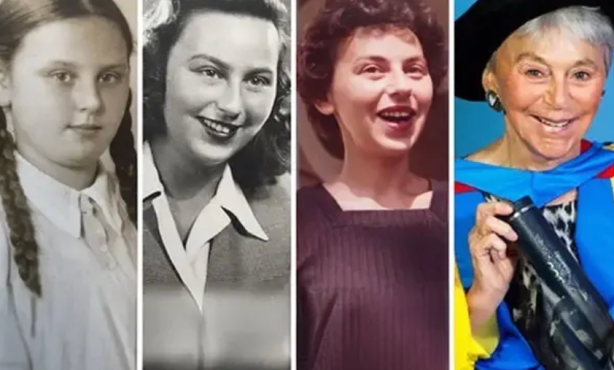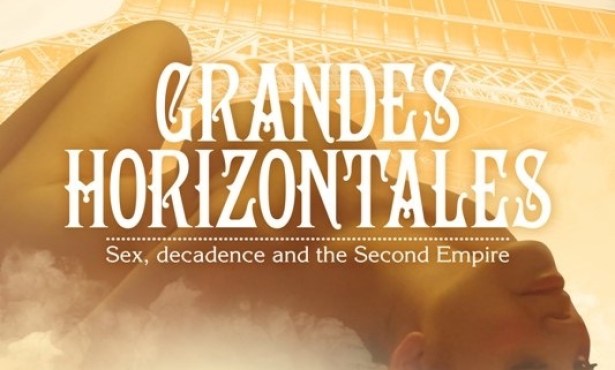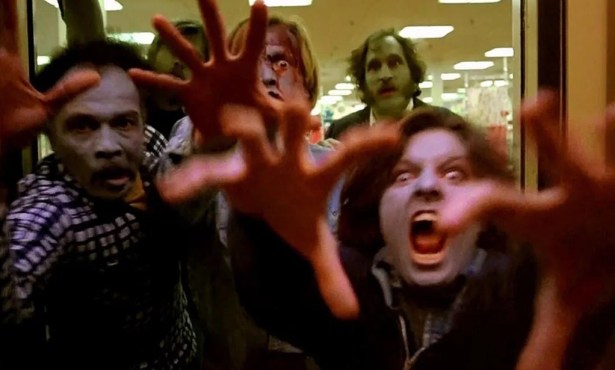‘Leaving Neverland’
Documentary Stirs Controversy, Delivers Blow to Michael Jackson’s Reputation

In 1984, when Ronald Reagan awarded Michael Jackson the Presidential Public Safety Commendation for allowing “Beat It” to be used in an anti-drunk-driving campaign, the president famously remarked, “Your success is an American dream come true.” At the time, this would have appeared to no one as an exaggeration. Everyone knows the inspirational story: The eighth child in a working-class family from Gary, Indiana, Jackson transcended physical and emotional abuse from his manager/father to become the child prodigy at the center of the Jackson Five. This early, earned success laid the groundwork for Jackson’s rise to become the King of Pop.
Michael Jackson is by far the most prominent African-American “crossover artist” in history. Thriller remains the best-selling album of all time, and Jackson’s cultural significance transcends race and genre in ways that few other artists have ever achieved. The star is profoundly entangled in the history of American popular music and culture since the 1960s. If you want to explain how Elvis, James Brown, and Diana Ross are connected to NSYNC, Beyoncé, and Lady Gaga, you can’t do it without Michael Jackson.
The power of this remarkable narrative is why the allegations of child molestation and abuse perpetrated by Jackson, which began to emerge in the early 1990s, have always been met with popular disbelief, not to mention fierce resistance from Jackson and his estate. Jackson survived two separate rounds of highly publicized allegations. The first ended out of court in 1994 in a massive $23,000,000 settlement. The second went to trial in Santa Barbara County Superior Court in Santa Maria, but ended in an acquittal in 2005, much to the delight of Jackson “Believers” who saw the star himself as the persecuted victim for his eccentricity.

When Jackson died from a propofol overdose in June 2009, despite persistent suspicions about abuse, his premature death was treated as a national tragedy. Jackson’s fans and musical colleagues mourned him in an elaborate memorial at the Staples Center in Los Angeles, where vocal expressions of the presumption “innocent until proven guilty” ensconced the departed superstar as he lay in his gold-plated casket.
Now, a decade later, Dan Reed’s HBO documentary Leaving Neverland upends Jackson’s legacy anew. The two-part, four-hour documentary, which has already stirred considerable controversy, delivers a devastating and probably fatal blow to Jackson’s reputation. Obtaining new traction because of the #MeToo movement, in Leaving Neverland, two accusers, both of whom are now fully grown adult males, tell their stories in graphic detail. One is a new figure in the public Jackson story, James Safechuck. The other, Wade Robson, testified publicly at the trial and is famous in his own right as the former lead choreographer of NSYNC.
Although both men appear throughout the documentary along with their families, Safechuck’s experience is foregrounded in the documentary’s first half. As a child, Safechuck took part in a popular Pepsi commercial, and Jackson brought the boy onstage during the “Bad” tour, where Safechuck dazzled audiences with his moonwalk. According to Safechuck and his mother, Jackson then pursued Safechuck, frequently visiting their family home in suburban Los Angeles. He took the boy and his family on vacation, and he even claimed to purchase the Neverland Ranch for Safechuck. Although Safechuck previously denied that Jackson had abused him, he began to face this dark past in the years following Jackson’s death. Forty minutes into the documentary, the graphic details of the physical relationship emerge, including a disturbing sequence in which Safechuck recounts all the specific places at Neverland where Jackson abused him. In another scene, Safechuck tries to put on one of the gold rings Jackson purchased for him as a child and trembles visibly when it doesn’t fit onto his adult finger.
Although Leaving Neverland surely warrants a content warning for survivors of abuse, its power also emerges from a complex depiction of how the experience of childhood sexual abuse often plays out. Both Safechuck and Robson, as well as their respective mothers, Stephanie and Joy, who have large roles in the documentary, describe what it felt like to be under Jackson’s spell. Both men express their own attraction to Jackson’s attention and affection, even as they simultaneously felt uneasy with the various acts Jackson forced then to perform. Like so many #MeToo exposés, Leaving Neverland makes its most compelling case by illustrating a calculated pattern. The film also shows how much of the shame of sexual abuse comes from the victim’s perception that they have participated in a predator’s plan.

The second half of the documentary, which moves the narrative ahead in time to Jackson’s trial and death, foregrounds Robson’s experience. This is the installment of Leaving Neverland that may leave the audience with unanswered questions regarding the documentary’s ultimate agenda. Some viewers may be familiar with Robson’s career as a noted choreographer and director, as well as his previous testimony alongside Macaulay Culkin absolving Jackson from wrongdoing in the mid-2000s trial. But one suspects that most people who watch Leaving Neverland will encounter him here as a newly identified victim speaking out for the first time. This is a perception the film appears to capitalize upon. There are occasional moments when the film appears to go out of its way to defend Robson for what apparently was perjury, when he claimed during the trial that no abuse took place.
Did Robson and Culkin, both of whom already occupied positions of considerable success and influence when they first had an opportunity to speak out, throw their fellow survivors under the bus? Perhaps. Yet this possibility, too, is part of what makes Leaving Neverland so powerful: its frank depiction of denial when power enters the picture. Like Safechuck, Robson appears to display legitimate psychological turmoil when forced to face his memories of Jackson. Yet the documentary also suggests that Robson’s reticence has at least something to do with his simultaneous shame at having benefited professionally from his association with his abuser: an all-too-familiar paradox in the context of #MeToo.
Throughout Leaving Neverland, as Safechuck and Robson and their families tell their unsettling stories, there are frequent, spiraling aerial shots of the Southern California landscapes on which the years of abuse unfolded. Jackson’s lavish homes in Encino, Westwood, and Santa Ynez contrast sharply with the mediocrity of Safechuck’s suburban street and Robson’s humble apartment dwellings in L.A. (Robson, his mother, and his sister moved to the U.S. from Australia for his career, and they struggled financially for some time). At times, the viewer may wonder if the production found itself short on B-roll footage. Yet the images of Southern California accumulate to serve as a reminder that the home of the entertainment industry is itself a Neverland, where dreams of fame and power too often come at a bitter price. Powerful men abusing their positions have faced a legitimate reckoning in the #MeToo movement, and the Jackson story certainly fits this narrative. Yet the Jackson case also poses more complex questions insofar as it intersects with the star’s racial identity, as well as with the content of his art, which moved millions.
We can probably never listen to the lyrics of “Human Nature” again without cringing. Yet if we wonder how a song that once seemed so emancipated from sexual prurience now feels like a disturbing confession, the bigger question may be an introspective one for consumers of American popular culture. Leaving Neverland prompts the viewer to do this sort of double-take, especially given that it focuses on the struggles of two straight, successful white men putting the most successful black entertainer of all time on public trial, and not in a court of law. This is not to doubt their claims, which are brave. But it would be a grave mistake not to put those claims in context. What Leaving Neverland ultimately teaches us is that the same person, over the course of a lifetime, can be a success, a victim, and a perpetrator, which seems to be the case with Jackson. Abuse and its aftermath will always lurk in American dreamscapes, especially where vast power imbalances continue to flourish unchecked.




You must be logged in to post a comment.